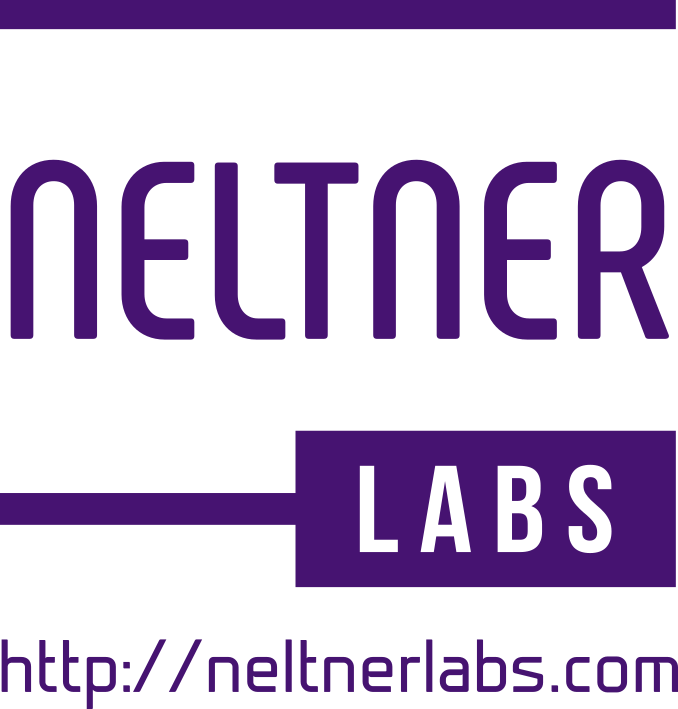Why every LED light should be using HSI colorspace.
So this topic is going to be a bit controversial. For one, almost no one knows what HSI Colorspace is, and fewer know why it’s the best choice for LED lighting. Basically, there are two very common colorspaces. RGB and HSV, neither of which make sense for LED lighting.
RGB is the colorspace widely used on the web – the first byte is the intensity of red, the second green, the third blue. The advantage is simplicity in a RGB LED based system. The downside is that to do very simple intuitive things like “rotate the color around a color wheel” is actually very complex in RGB computationally. You have to turn on green and red off, and then blue on and green off, and then red on and blue off. Try implementing it in a program and you’ll see how non-intuitive it can be.
HSV is a much more human-centric colorspace standing for “hue, saturation, value”. As hue changes from 0 degrees to 360 degrees, it goes around the color wheel, something that humans can grasp easily. Saturation represents whether the color is “colorful” or “white”, similarly simple to grasp. The problem with HSV is in the V for “value”. Value is defined not as the sum or average of RG and B, but instead as the maximum.
To see why this is problematic, continue below the break.
